Talking Sense
The changing vocabulary of mind and brain
Fifty artists. Fifty minds. Fifty artworks in paint, film, drawing, sculpture and print.
This exhibition includes examples of past and present ideas about the mind and the brain and contains vocabulary that some people might find upsetting.
The Portico Library first opened in 1806. Several of its early members worked at the nearby Manchester Lunatic Hospital, the first institution in England set up – in its own words – to provide “humane treatment of mental disease”. Here, we have displayed books from the Library’s collection that introduce historical ideas about the mind and brain, alongside fifty artworks by artists working today who have encountered mental health systems or explored psychological themes in their work.
|| Behemoth (After Thomas Hobbes)
Paul Dodgson
|| If only Greece (#44)
Maud Haya-Baviera
|| What Are You Really Thinking About Just Now?
Andee Collard
II If only Greece (#156)
Maud Haya-Baviera
|| Tangible Fixed X
Philip Kennedy
II If only Greece (#103)
Maud Haya-Baviera
|| Charmaine
Kirsty E Smith
Books from The Portico Library’s collection.
The Portico was founded during the Regency period when ‘the madness of King George’ prevented him from reigning. The literature of the time reflects changing attitudes to issues of mind and brain, and the emergence of ideas that are still discussed today.
The books exhibited here also allude to how the language of madness was – and still is – used to create mechanisms to further marginalize and exclude those deemed ‘undesirable’ from society.
Click on the photos of the books below to read more.
In 2020, the international standard guide for psychiatrists and health services remains the Diagnostic and Statistical Manual of Mental Disorders (DSM) – first published in 1952. Many people believe that its approach and vocabulary, such as “antisocial personality” and “transvestic disorder”, are unhelpful. The British Psychological Society said of the latest edition in 2013: “clients and the general public are negatively affected by the continued and continuous medicalisation of their natural and normal responses to their experiences; responses which undoubtedly have distressing consequences which demand helping responses, but which do not reflect illnesses so much as normal individual variation”.
On the left are 50 phrases created by Google-translating 50 of the DSM’s diagnostic definitions into five randomly selected languages then back into English. Using the imperfections of artificial intelligence and the fluidity of language, we have created jumbled, cryptic phrases – far removed from their original associations. By completely transforming the authoritative yet contentious terminology of the DSM and juxtaposing it with eclectic artworks we hope to create a space for imaginative conversations around the future of care.
For some, the classifications of the Diagnostic and Statistical Manual bring reassurance. In The Collected Schizophrenias, Esmé Weijun Wang (herself diagnosed with schizoaffective disorder) acknowledges that some think of diagnoses like “boxes and labels”, but says she finds “comfort in preexisting conditions” which suggest she’s not “pioneering an inexplicable experience”.
|| Portrait d'une laitière
Amelia Phythian
|| Untitled (Mass)
Linda Hemmersbach
|| Untitled
Maureen Callaghan
|| Utopian Letdown
Victoria Lucas
|| Untitled (Pair)
Sippy Cup
|| Help the Normals
Dolly Sen
|| Colours
Akinyemi Oludele
|| Striatum
Alyson Olson
|| Can draw a dog
Norman Anderson:
“I had a stroke 18 months ago. In hospital I spent time with speech therapists and had difficulty speaking and remembering clearly. I was asked if I could draw a dog. I answered: “I don’t even know what a dog is”.
|| Everything
Darren Adcock
|| Bury me here
Kay Shah
|| The Three Desires
Jackie Bennett
|| Fire (click to listen)
Sarah Kasumi and Alice Hanako
|| Fluctuations (click to listen)
Sarah Kasumi and Alice Hanako
|| Untitled
Malik Jama
|| Lord with a Headphone hat
Joan Sugrue
|| Routine and Rituals
Kath Lowe
|| Internet Horreo
Robbie Fife
|| Untitled
Pascal Nichols
|| Untitled
Olivia Morgan
|| The Seven Suits
Horace Lindezey
|| Voyages and Travels
Hondartza Fraga
|| It was under my feet the whole time
Freya Goodwin
|| Crystal Vault
Bethany Costerd
|| Marker 67
Nina Chua
|| Fixed Eggs
Lauren Steeper
|| Base, Moon, Lights
Amy Ellison
|| Chambered Cairn
Sam Douglas
|| Party
Jules Clarke
|| Ed
Danielle Dalton
|| Eyefull
Gwen Evans
|| House
Kaori Miyachi Sogabe
|| Erosion
Hanaa Cara
|| Sculpture Park
Sally Hirst
|| Sugar Glider vs. Octopus
Carlo Keshishian
|| Peachy
Li Ya Wen
|| Pathways
Naty Lopez Holguin
A Description of the Human Body; its Structure and Functions
John Marshall, 1860
The Portico Library’s collection of books on medicine, psychology and ‘natural philosophy’ reflect the many doctors and medical professionals who were members in the 19th-century.
You can discover more at
|| number 3 from The Bishop of the Heidlesham series
Juliette Goddard
|| Static Wave (excerpt)
Darren Nixon in collaboration with Steve Iles
|| ONE to be taken DAILY
Louisa Hammond
|| Untitled
Thomas Mendonça
|| Fragment 7
Stewart Kelly
|| Untitled
Chan-yang Kim
|| Spider
Quinza Ashraf
|| Mapping the Forest
Sonja Zelic
Historian Lisa Appignanesi starts her 2008 book Mad, Sad and Bad: A History of Women and the Mind Doctors from 1800 to the Present with a quote from 19th-century American poet Emily Dickinson:
Much Madness is divinest Sense -
To a discerning Eye -
Much Sense - the starkest Madness -
’Tis the Majority
In this, as all, prevail -
Assent - and you are sane -
Demur - you’re straightway dangerous -
And handled with a Chain -
Thanks to Mad Pride, Professor Erica Burman (University of Manchester), 42nd Street, Venture Arts, Outside In, Greater Manchester Coalition of Disabled People, Nous Magazine, Miriam Avery, Darren Adcock, Lisa Lorenz, Rowland Hill, Steve Slack, Dr Laura Mirams (Liverpool John Moores University), all the Talking Sense artists and Portico Library volunteers.
Curated by James Moss. Artist Liaison: Nuria López de la Oliva Mena and Apapat Jai-in Glynn.
Supported by the Zochonis Charitable Trust.




















